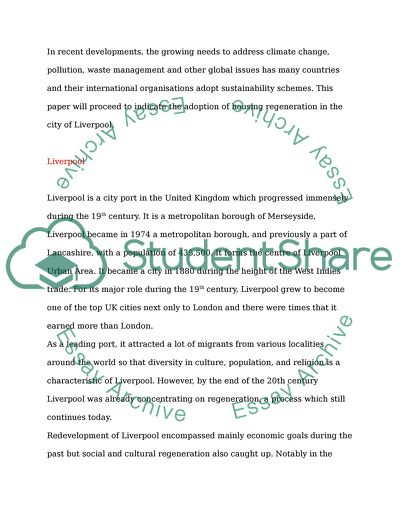Cite this document
(“Neighbourhood Management & Renewal: a housing regeneration case study Coursework”, n.d.)
Retrieved from https://studentshare.org/finance-accounting/1416205-neighbourhood-management-renewal-a-housing
Retrieved from https://studentshare.org/finance-accounting/1416205-neighbourhood-management-renewal-a-housing
(Neighbourhood Management & Renewal: A Housing Regeneration Case Study Coursework)
https://studentshare.org/finance-accounting/1416205-neighbourhood-management-renewal-a-housing.
https://studentshare.org/finance-accounting/1416205-neighbourhood-management-renewal-a-housing.
“Neighbourhood Management & Renewal: A Housing Regeneration Case Study Coursework”, n.d. https://studentshare.org/finance-accounting/1416205-neighbourhood-management-renewal-a-housing.


